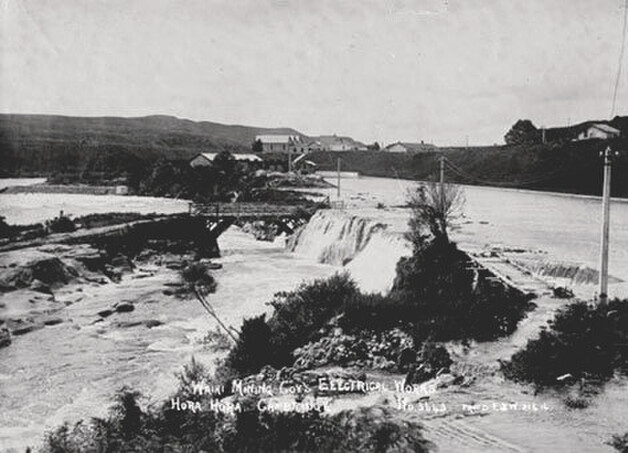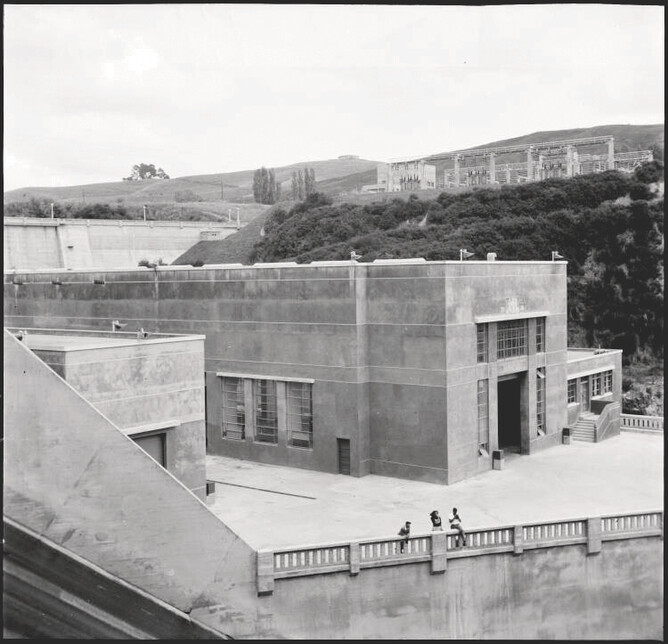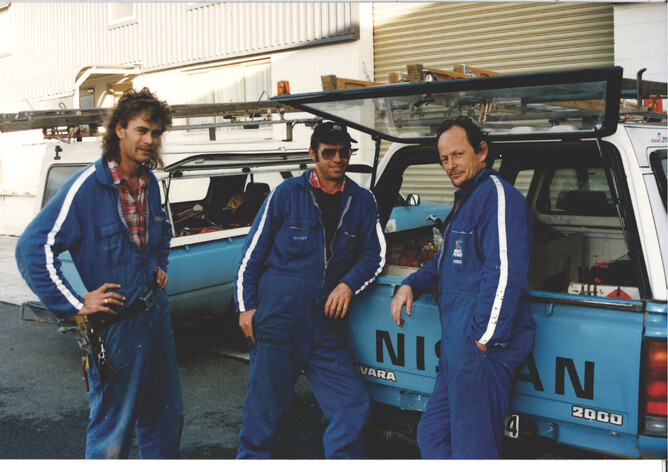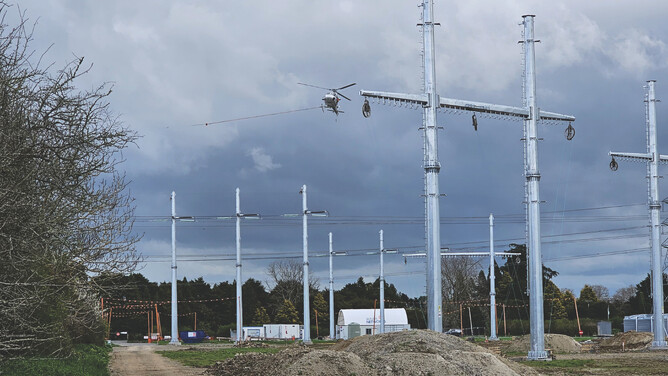Since the early 1920’s, Waipā Networks has continued to grow our regions electricity infrastructure, developing new substations, extending power lines and delivering for our community.
The story of electrification in Waipā started when electricity was becoming essential for homes and businesses in Aotearoa.
Powering Cambridge and surrounding communities began with the Waihi Gold Mining Company’s 1910 construction of the Horahora Power Station. This was the first large-scale hydroelectric scheme in the North Island, and it played a crucial role in powering the mines and lighting up the region.
In the 1920s, electrification efforts began to gain swift momentum with the establishment of both the Cambridge Electric Power Board and Te Awamutu Power Board. Waipā had a population of 9,275 people, and the district covered about 1,111 square kilometres.
1921 was a booming year for the newly established boards and by August, 81 street lamps lit Te Awamutu and neighbouring Kihikihi and Pirongia communities had received power by the end of December.
A substation was built on Empire Street in Cambridge, and another was constructed in Leamington on the corner of Shakespeare and Browning Streets. That same year, the Leamington Town Hall had the first electric light in Waikato, and a celebration was held, during which the hall was “ceremoniously flooded with a magnificent light from nine powerful lamps.”
Street lamps soon followed and were installed in the centre of the streets and switched on in April 1922.
When power was introduced to Cambridge, community members were initially reluctant to replace their existing cookware, such as cast iron pots and pans, and coal ranges. Introducing water heaters, electric ranges, vacuum cleaners, hot plates, and various other electric household appliances was new to the town.
The 1930s brought further advancements, with power demonstrations at the Cambridge Town Hall showcasing the uses of electricity in everyday life. These demonstrations included baking scones, sausage rolls and other goods, impressing the community with the convenience and cleanliness of electric appliances. The decade also saw the construction of the Arapuni Dam, which began in 1924 and played a pivotal role
in developing the Waikato Valley Hydro Electric
Power Programme.
The 1940s marked the construction of the Karāpiro Power Station, which replaced the Horahora Power Station due to increasing demand. Despite labour shortages during World War II, the project progressed, and by 1945, the powerhouse was being built with 1,000 men working on the project. The Horahora Power Station and village were eventually submerged as Lake Karāpiro filled in 1947, drawing a crowd of 25,000 people to watch the water rise.
The post-war period saw continued growth and development in the Waipā district. In the 1950s, the region experienced a surge of growth and prosperity, with both rural and urban parts of Cambridge thriving. The 1970s marked the 50th anniversary of the Cambridge Electric Power Board, celebrated with special display of pole erecting and a reunion social.
Waipā Power was born
The 1990s brought significant changes to the electricity sector with the Energy Companies Act 1992, which enabled power boards to transform into limited liability companies.
The Cambridge Electric Power Board joined with Te Awamutu to create Waipā Power Ltd in 1992, which later became Waipā Networks in 1998. During this time, the company won the contract to supply electricity to Waipā District Council’s water treatment plant and provided an $11,000 boost to local schools.
When honouring the past, we cannot overlook the recent pandemic, with Waipā Networks providing an essential service to the community during lockdowns and alert level changes. Teams worked in pods to manage outages and faults and ensure services continued to be provided across the region.
Positioning Waipā for the future
Today, Waipā Networks provides power to more than 60,000 people and covers 1447 square kilometres. Over the next decade, our region is expected to grow by more than 25,000, with about 13,000 new homes set to be built in Cambridge alone.
As one of New Zealand’s fastest-growing regions, ongoing investment in our infrastructure is critical for our town and region to continue to thrive. The network will continue to be upgraded, expanded, and improved to manage and support this growth, providing a reliable and efficient network to position us well for the future.
In the meantime, Waipā Networks has a team of more than 100 dedicated to providing affordable, reliable, and community-focused services and solutions that enhance the lives of those living and working in Waipā.




